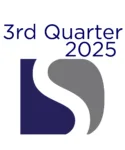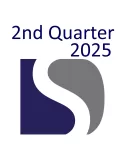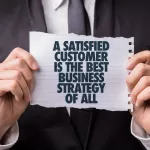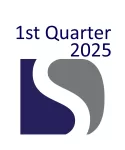Brand Promise
When we use mental imagery to describe what we do, it should reflect what we can deliver. Laying a paper tiger over what your brand actually stands for, has long-term negative consequences.
Leadership often resorts to productized solutions when they have exhausted innovation or strategic choices. Turning to someone else’s results often violates reasonable context, scale, and scope. The most common of these ready-made solutions are Lean, Six-Sigma, Agile, or TOC (Theory of Constraints).
Those peddling Lean offer the promise of out-of-the-box thinking, yet these ‘gurus’ suggest replacing the entire business model without explaining why. They sell change as a way to improve change. Often their solution is just a ‘Cover Story’ to gain confidence and access to your people. The famed Wiremold story is one example.
Knowing how to improve in pursuit of a purpose or strategic choices are vastly different than changing for the sake of change. Confusing activity with progress books revenue days for consultants but leaves companies worse off.
Real Opportunity
Offering a new vocabulary and paper copy of a business model that may have worked in another company, Lean entices some to wipe the slate clean and try to transplant another system. Once the drive to make the changes diminishes, the company and culture are trapped between the promise of efficiency and effectiveness utopia and the old way of doing things. I call this the improvement wasteland.
The drive always diminishes because how it is supposed to work is inside the minds of a few people and those people eventually move on. It also diminishes because of cultural fatigue. People feel great making progress, but they also need time to absorb changes and recover from moving at a pace that is not their own.
I suggest another approach. Qualify and quantify customer expectations and make those the purpose of your organization. Then make the choices of where the company should compete and how to make new customers.
Focus On the Right Things
Envision what your company needs to look like, in terms of customer needs, and communicate that often. Work to show all the areas that have gaps between the present and future. Ensure every function and department understands what role they play and the priority in realizing the future version of the company.
Leaders must marshal all the required capabilities and resources. They need to also encourage employees to stop activities that don’t support the purpose and strategic choices.
This is improving the business from within to change customers’ behaviors, not overlaying a paper tiger.







